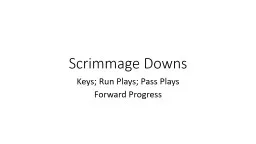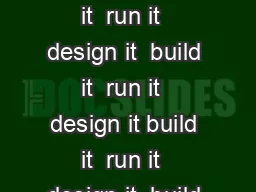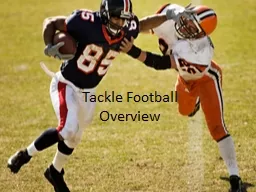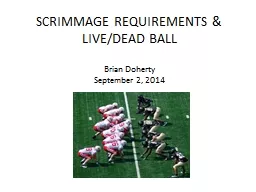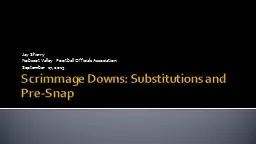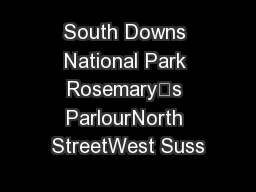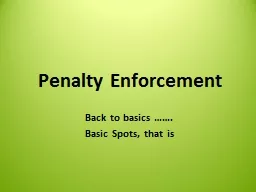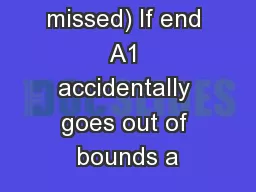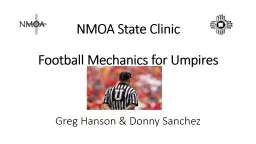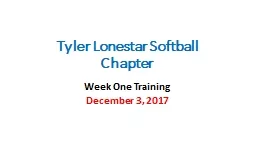PPT-Scrimmage Downs Keys; Run Plays; Pass Plays
Author : natalia-silvester | Published Date : 2019-02-04
Forward Progress Determining Keys Receivers are numbered from each sideline Widest is 1 next is 2 etc If receivers are stacked closest to LOS is lower number In
Presentation Embed Code
Download Presentation
Download Presentation The PPT/PDF document "Scrimmage Downs Keys; Run Plays; Pass Pl..." is the property of its rightful owner. Permission is granted to download and print the materials on this website for personal, non-commercial use only, and to display it on your personal computer provided you do not modify the materials and that you retain all copyright notices contained in the materials. By downloading content from our website, you accept the terms of this agreement.
Scrimmage Downs Keys; Run Plays; Pass Plays: Transcript
Download Rules Of Document
"Scrimmage Downs Keys; Run Plays; Pass Plays"The content belongs to its owner. You may download and print it for personal use, without modification, and keep all copyright notices. By downloading, you agree to these terms.
Related Documents

